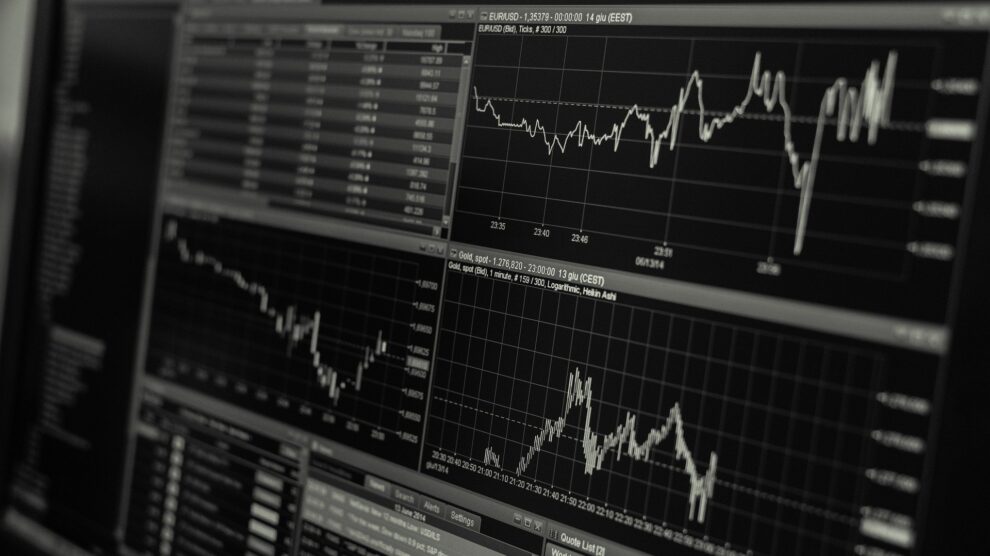The recent technological advancements in almost every sector have influenced the FX market as well. The initial approach of managing the operations of a forex market in a more manual way has now transformed into a digital one. Real-time streaming pricing in automated trading have increased efficiency and made execution speed much faster, enabling retail traders to enter the industry. While it is critical to finalize the best forex software when adapting algorithmic trading, getting familiar with the basics is the foremost thing to do to get the best out of this approach.
A Brief Introduction to the Forex Market
Being a financial market with immense trading volume and high liquidity, the FX market deals with currency pairs that are traded in different volumes as per the most recent prices they have traded in. With a 24-hour active status, the FX market facilitates trading from Monday to Friday every week. Although market speculation may be the major motivating factor for some traders, the currency market exists because individuals need to exchange currencies to acquire overseas products and services. Real exchange rates are influenced by forex price movements, which may have a significant impact on a country’s production, employment, rising prices, and capital flows.
Understanding Algorithmic Trading
An algorithm is a collection of instructions for completing a task. Machines execute out user-specified algorithms in currency market trading, which are based on a set of parameters such as time, prices, or volume that influence trades. Traders can access four fundamental types of automated trading present in the market – statistical, automated execution strategies, direct market access, and auto-hedging. Apart from these, a subcategory of automated trading, known as high-frequency trading is also preferred among traders for its faster execution rate. With the capability to execute a trade in less than a second, HFT is suitable for progressive price movements.
The increasing growth of this new approach in forex trading owes majorly to the advanced algorithms and the ability to minimize the execution rate in trading. Relying on automation for trading allows users to execute defined orders at a pre-determined price over a particular period, which is certainly more effective than manual trading. As the price of a certain currency pair is tending to be updated continuously, banks can minimize the manual effort and save time as well.
Advanced algorithms also aid in reducing the risk of potential losses ensures the bank balance a pre-defined degree of risk management. Algorithms have improved the efficiency of such operations, leading to lowered transaction fees.
Pointers to Consider While Selecting Algorithmic Software
Opt For a Simplistic Layout
Mastering the FX market may take a deal of time and resources, which is why it is crucial to utilize tools that will simplify things that make operations easier to manage. Choosing a simplistic and basic layout for software is thus recommended by experts for all the right reasons. This generally entails assisting both novices and experienced traders in making effective trading choices and implementations that are not reliant on complex trading circumstances or fast execution speeds.
Verify Track Record
To the very core, the goal of selecting the best forex trading software is to generate money. Verifying the track record of the product is thus necessary in order to make a profitable investment. Looking for authentic testimonials and reviews is the key here to evaluate the authority of the software.
Look For Service-Oriented Software Assistance
This is critical since, in the currency market, several complexities and factors might lead you to doubts and it would be considerably higher if you use an automated program. Making sure the efficiency of the customer support is adequate can give you a sense of satisfaction.
Efficiency in Automation
It might sound self-evident, but in reality, certain software applications do not perform the orders as they claim. Some software applications need you to access capabilities such as conducting transactions without your consent. Acquire software that runs entirely on automation without requiring you to pay extra, while also safeguarding your position in the marketplace without much manual intervention.
Conclusion
Trading assets has become more efficient and less expensive due to automated trading, but it has also increased vulnerability. On the plus side, the expanding application of FX automated trading algorithms has the potential to improve transparency in the market.





